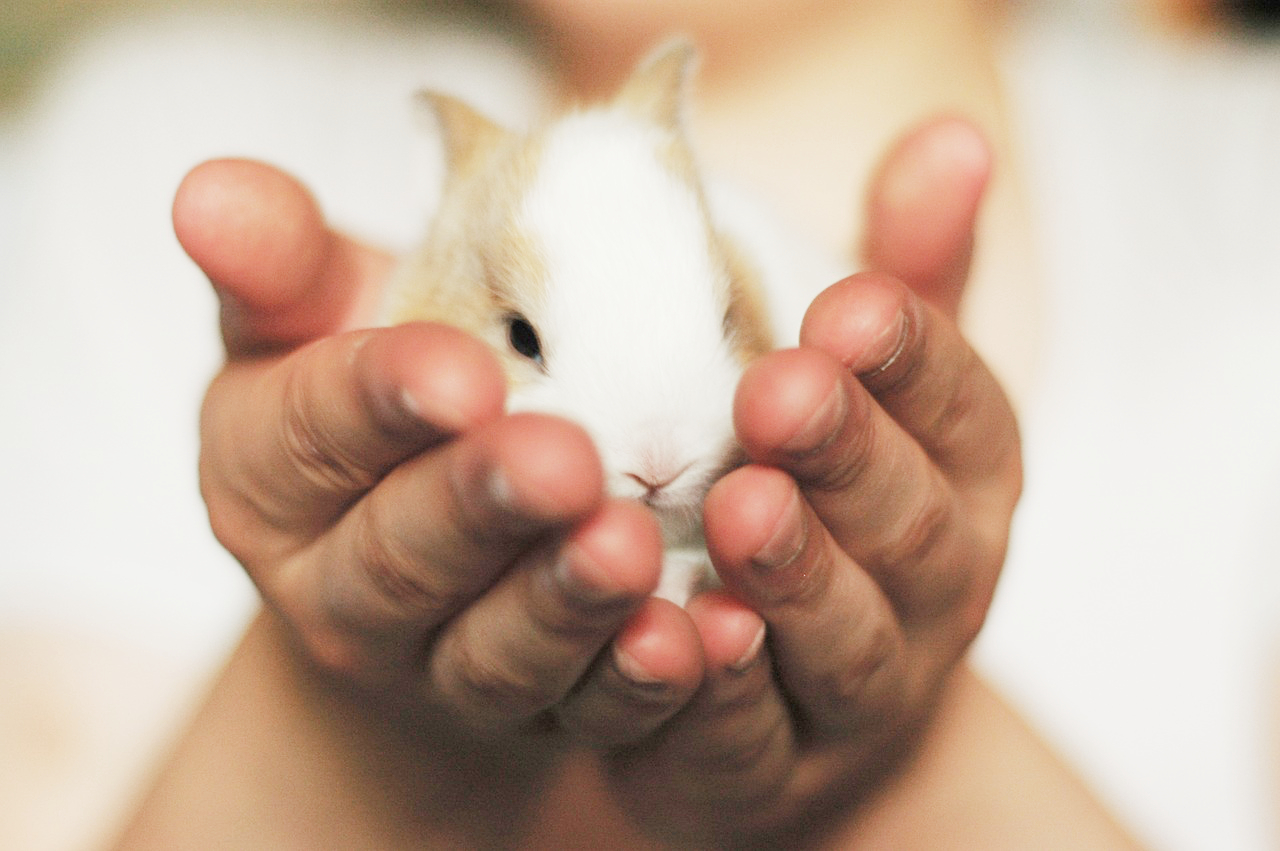My mom grew up in Georgia, and her family — the Joneses, the Jacksons, the Purcells, the Bourns, the Ganns and so on — lived in Georgia and the Carolinas for generations.
Like many folks with roots in the South, I grew up hearing that I had some Cherokee ancestry. Not just Native American ancestry, but Cherokee specifically. Given what I knew about the history of Georgia — and the history of Tsalagi (Cherokee) tribespeople intermarrying with European settlers, it didn’t seem all that far-fetched.
More embarrassingly, though, I repeated the information as though it were true. I told people I was “part Cherokee.” I burned sage to “cleanse” places of “bad energy” and I hung a dreamcatcher by my bed. I read badly romanticized books on supposedly indigenous American shamanic practices written by white people and imagined that path for myself. More helpfully, I read books about the history of genocide against Native Americans in the Americas, the occupation of Alcatraz in the year I was born, the uprising and resistance at Wounded Knee, and similar protests.
I watched Thunderheart. Over and over and over.
When I gained access to my family history, both through genealogy records and DNA testing, I discovered very quickly that a) I didn’t have any “Native American DNA,” (a misleading description, any way you look at it) and b) that there was indeed an “Indian princess” in my tree, a title which was most certainly a fiction.
My 6th great-grandmother, Elizabeth Eastin, is listed in many an online family tree as a “Cherokee maiden” or “Indian princess,” but there’s no documentation to support the claim. Records do show that she existed, that she married my 6th great-grandfather, Nathan Gann, and that she was born in Halifax County (it’s unclear if this was in Virginia or South Carolina) in 1745 and died in Oconee County, Georgia, in 1803.
Gregory D. Smithers writes:
According to the work of Vine Deloria, one of NCAI’s leading intellectuals, “Cherokee was the most popular tribe” in America. “From Maine to Washington State,” Deloria recalled, white Americans insisted they were descended from Cherokee ancestors. More often than not, that ancestor was an “Indian princess,” despite the fact that the tribe never had a social system with anything resembling an inherited title like “princess.”
While researching my family history, I discovered that there is a Facebook group for Gann descendants who are looking at their genealogy. Although a lot of us have this “Cherokee maiden” in our family trees, our DNA suggests otherwise. Granted, that might be because any indigenous DNA is just too far back to be detectable. But, without documentation to suggest otherwise, it’s safer and more respectful to assume the ancestry just isn’t there.
If you look at the image at the top of this post, it’s a snapshot of a branch of the Gann family who registered with the Cherokee Nation rolls in 1896. There’s Charles Gann, who was likely 100% European, his wife, Nancy, who was likely Tsalagi, and their children. These kids and their descendants, regardless of DNA, can claim Tsalagi ancestry. I’m not a direct descendant of Charles and Nancy, but their descendants are out there. Not everyone who intermarried with the Tsalagi registered on the Cherokee rolls, though, so an absence of this document isn’t definitive one way or another.
Smithers again:
So why have so many Americans laid claim to a clearly fictional identity? … The Cherokees resisted state and federal efforts to remove them from their Southeastern homelands during the 1820s and 1830s. During that time, most whites saw them as an inconvenient nuisance, an obstacle to colonial expansion. But after their removal, the tribe came to be viewed more romantically, especially in the antebellum South, where its determination to maintain rights of self-government against the federal government took on new meaning. Throughout the South in the 1840s and 1850s, large numbers of whites began claiming they were descended from a Cherokee great-grandmother. That great-grandmother was often a “princess,” a not-inconsequential detail in a region obsessed with social status and suspicious of outsiders. By claiming a royal Cherokee ancestor, white Southerners were legitimating the antiquity of their native-born status as sons or daughters of the South, as well as establishing their determination to defend their rights against an aggressive federal government, as they imagined the Cherokees had done. These may have been self-serving historical delusions, but they have proven to be enduring.
In response to Sen. Elizabeth Warren’s problematic use of Native American identity, Cherokee Nation Cherokee Nation Secretary of State Chuck Hoskin Jr. said in a statement that using "a DNA test to lay claim to any connection to the Cherokee Nation or any tribal nation, even vaguely, is inappropriate and wrong."
At the end of the day, DNA is not the same as ancestry, and ancestry is not the same as tribal or other cultural affiliation — let alone belonging. It’s important not to throw such ancestry claims around casually. Reconstructing a family tree is fun and rewarding work that helps us better understand not only where we come from, but the histories our ancestors lived — even when those histories were unimaginably hard, or shamefully cruel.















